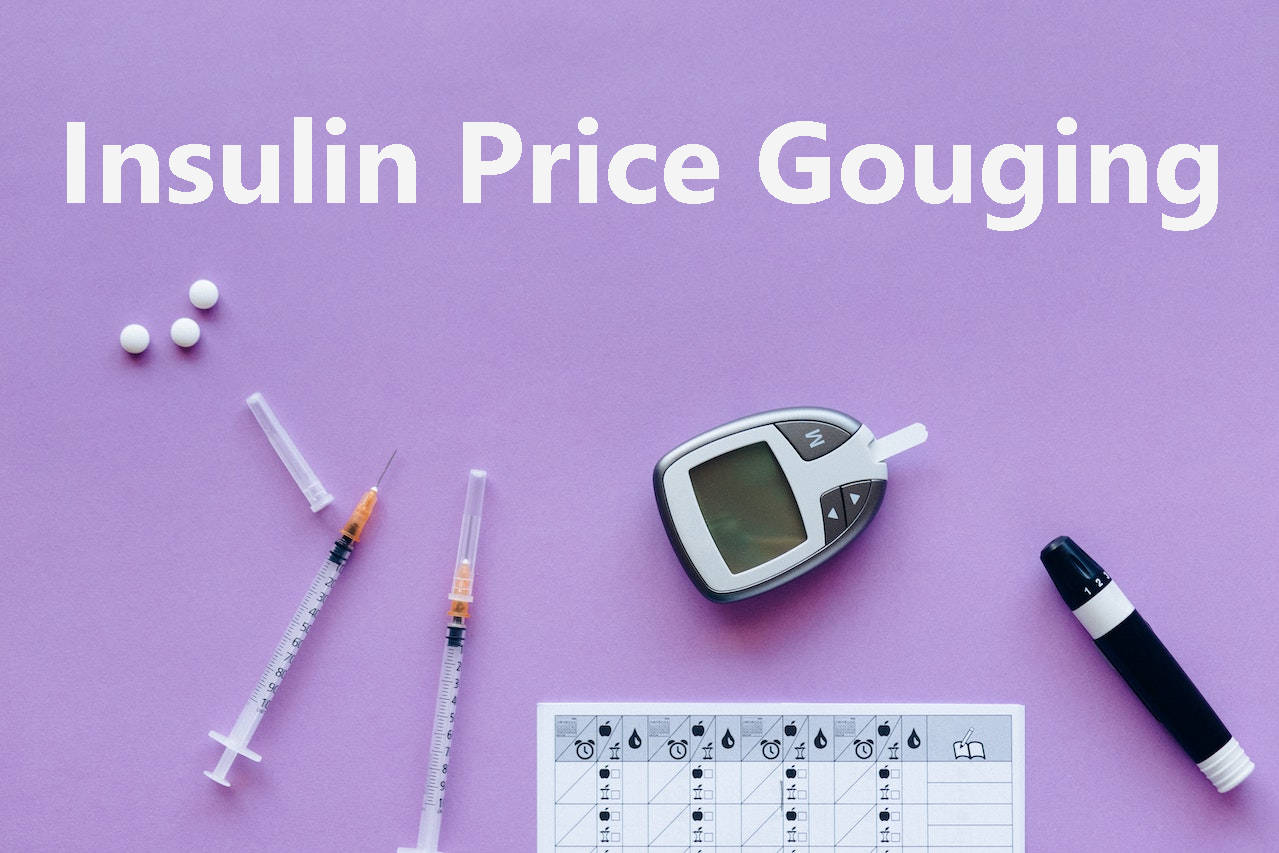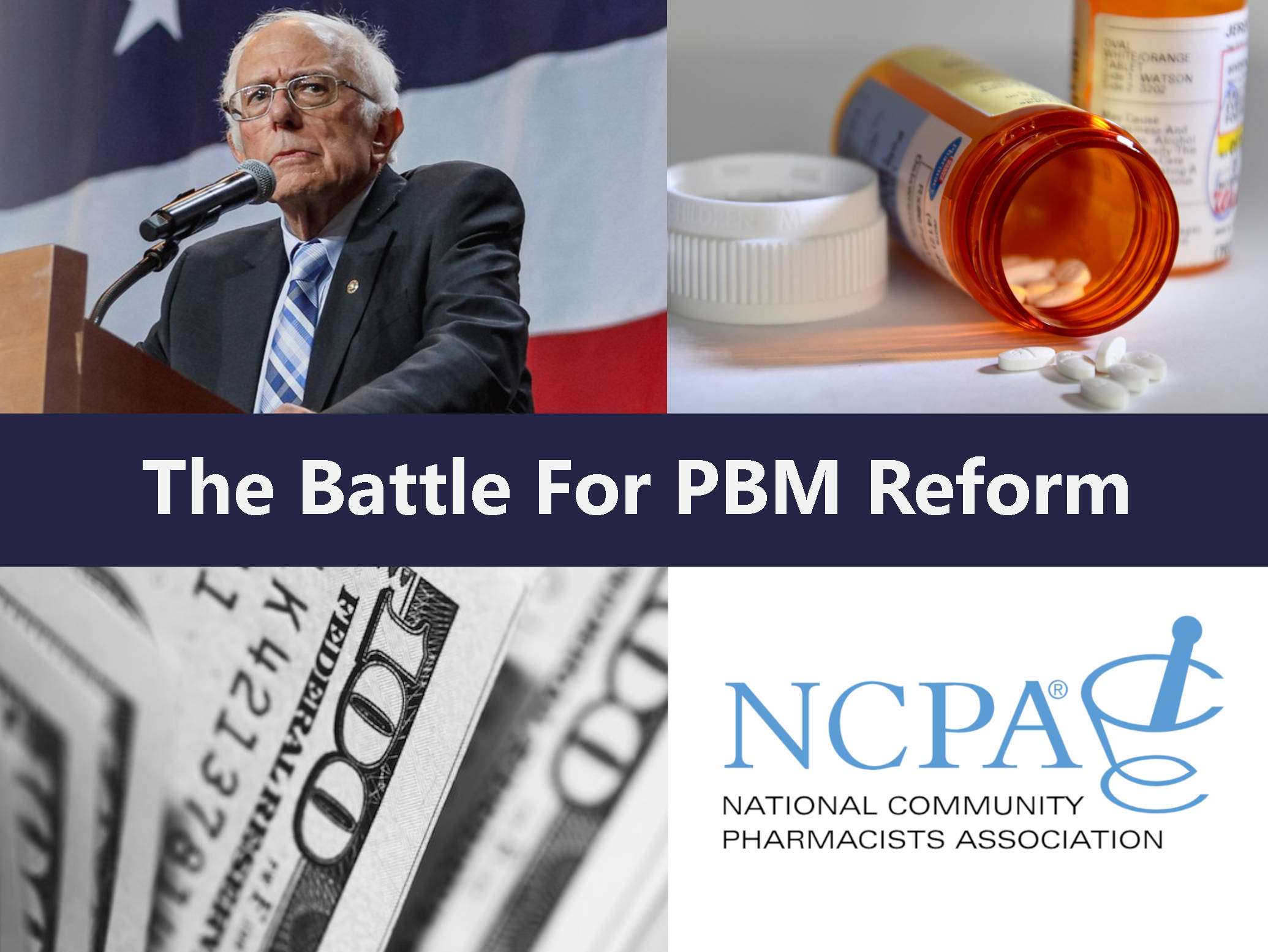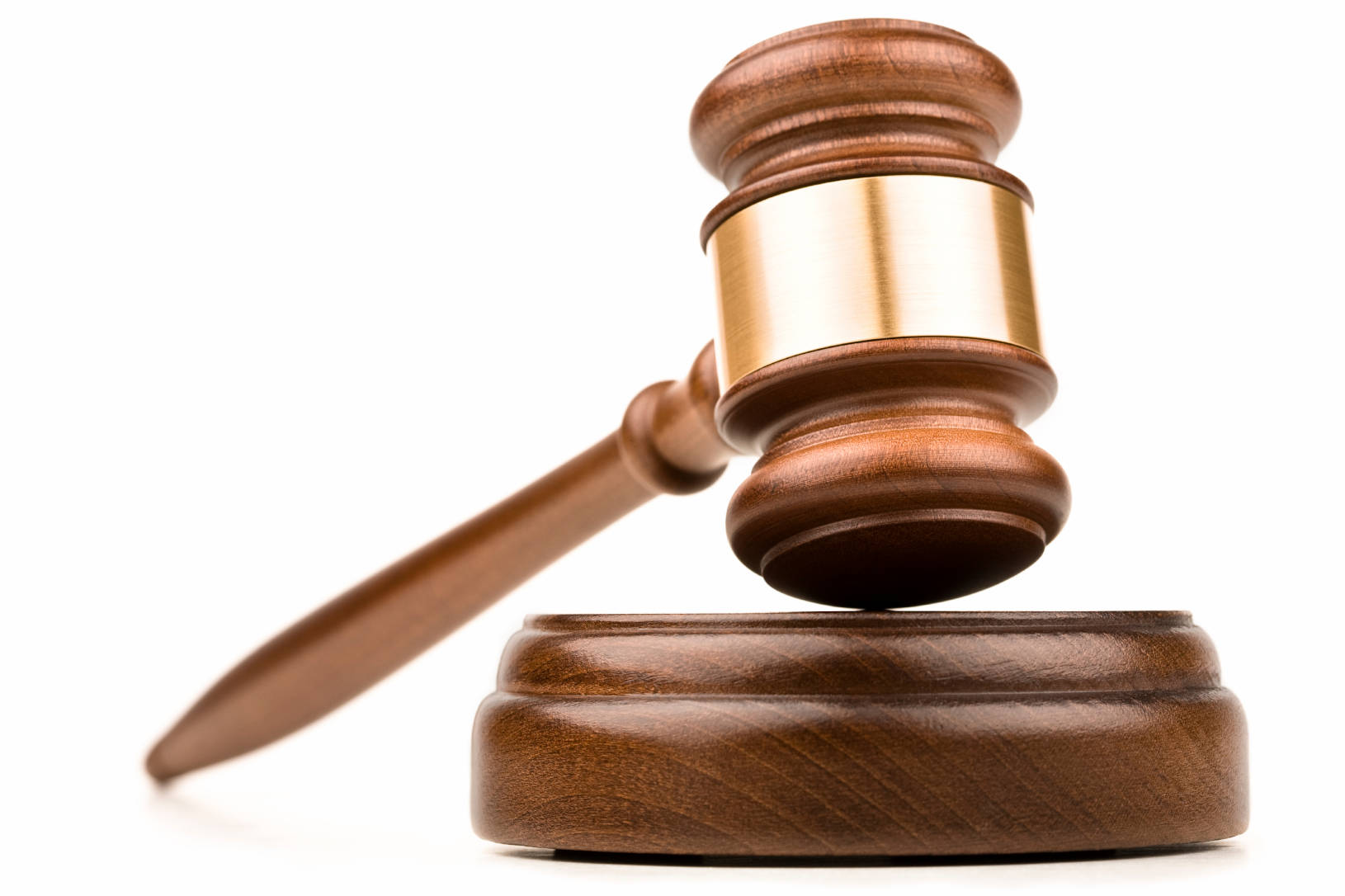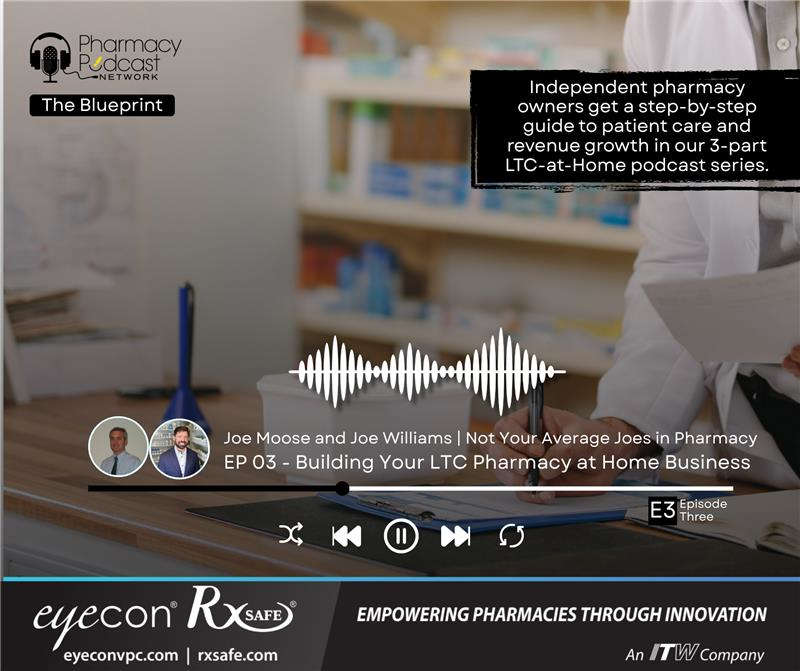2018 saw a lot of action on pharmacy reimbursement matters, with a nationwide ‘gag clause’ ban signed by President Trump in October, as well as a new drug pricing proposed rule that promises to reduce patients’ out-of-pocket costs, make Medicare Part D more efficient, and eliminate retroactive clawbacks. However, new net/generic effective rate (NER/GER) contract clauses may threaten to erode all the progress made this year.
What is driving decreasing reimbursement to pharmacies?
First, some background. As we wrote earlier this year, two major trends are driving decreasing reimbursement to pharmacies: DIR fees and copay clawbacks.
-
Direct and indirect remuneration (DIR) fees imposed on community pharmacies, sometimes weeks or months after a medication is dispensed, can eat up the pharmacy’s profit on a prescription transaction, and sometimes even lead to a loss.
-
Clawbacks happen when pharmacy benefit managers (PBMs) instruct the pharmacy to collect an elevated copayment and subsequently recoup the excess amount—and sometimes more—from the pharmacy.
Clawbacks can be unpredictable and seemingly unconnected to a pharmacy's performance related to adherence and other standards. The fees also disadvantage patients, who are assessed a higher cost-share against their Part D deductible, rather than the retroactive, lower adjusted price.
 Picture credit: "Money" by Andrew Magill is licensed under CC BY 2.0
Picture credit: "Money" by Andrew Magill is licensed under CC BY 2.0
A proposed rule released Nov. 26 by the US Centers for Medicare and Medicaid Services (CMS) would eliminate retroactive clawbacks by shifting DIR price concessions to the point-of-sale. This means that patients would immediately realize the benefit of the adjusted price. Pharmacies, meanwhile would have greater predictability in cash flows.
"We wholeheartedly support moving pharmacy price concessions to point-of-sale to benefit patients in the form of lower cost shares," says B. Douglas Hoey, CEO of the National Community Pharmacist Association (NCPA). "Such a move would also eliminate retroactive clawbacks charged by PBMs and allow pharmacies a more accurate accounting of drug costs and reimbursements. We're grateful CMS crafted the proposed rule to reflect NCPA's recommendations, and we plan to advocate aggressively for formal adoption of that measure."
NER/GER clawbacks looming over 2019?
However, RxSafe has learned that independent pharmacies are now experiencing a new set of clawbacks, which in some cases are both significant and unexpected. These clawbacks center around NER/GER clauses between pharmacies, PBMs and pharmacy services administration organizations (PSAOs). Again, some definitions are in order:
What is net effective rate (NER) in pharmacy?
-
Net effective rate (NER) contracts are not new. They began as a concept to ensure pharmacies were paid at least a minimum amount for drugs they dispensed. Over time, the contracted NERs, expressed in terms of average wholesale price, minus a percentage, have been getting tighter and more restrictive. Today, NER contract language has evolved to become a maximum allowable amount, thus limiting the profit that a pharmacy can make.
What is generic effective rate (GER)?
-
GER, or generic effective rate, is the same concept as NER, only applied to generic drugs. There are also BERs (brand effective rates) and DFERs (dispensing fee effective rates). Taken together, these contract clauses create a new ‘ceiling’ for your pharmacy’s drug reimbursement.
The goal of a NER contract is to reconcile the wide variability of prescription reimbursements, as determined by the PBM, so that taken in aggregate, they equal the upper NER limit specified in the PSAO contract. What’s happening now is that many pharmacies are starting to experience these NER clawbacks pertaining to reimbursements made during the first six months of 2018. In effect, pharmacies are being penalized because they exceeded the network's maximum allowable reimbursement amount as calculated by their contracted NER limits, often to the tune of $10,000 or even $100,000 or more.
Will NER and GER impact my pharmacy?
Claims from major commercial insurance plans with most PSAOs are typically covered under a NER contract clause. So even though you may not be affected today, it’s possible that you may be in the future.
In any case, here are some actions pharmacy owners should consider:
-
Review your current PSAO contract and determine if there are NER/GER or other similar clauses in effect.
-
If net effective rates are part of the contract, contact your PSAO and ask them if this will impact you under the current contract, based on where your pharmacy now sits in comparison to the contracted NER rates.
-
Ensure you have an emergency fund. Whether you have cash saved up for a rainy day or a line of credit with your local bank, be sure that you can weather the frequent storms that pharmacy owners experience.
-
Support organizations like NCPA, which are fighting to give independent pharmacies a voice in laws and regulations that improve fairness in drug reimbursement. Help end retroactive DIR fees by commenting on the CMS proposed rule at www.ncpanet.org/dir.
Has your pharmacy (or do you know of other pharmacy owners who have) experienced NER clawbacks? Does your PSAO contract include NER or other similar clauses? Please leave us a comment below.







.png)


